Though it may seem like having a green thumb is a superpower, planning a garden takes work and knowledge. Growing and eating your own vegetables is especially rewarding but you have to keep certain factors in mind like how much sun your garden gets, what the soil is like and how the plants react with the climate in your area before you can see any success. With all that said, here are some tips for planning a vegetable garden.
Good luck and may homegrown salads be in your future!
Planning a Garden for Veggies
First of all, what kind of space do you have to plant a garden? Do you have a large patch of backyard? Maybe it’s a small space on your rooftop or something even simpler such as planters or pots. No matter what, it’s best to start small if you’re a beginner so you don’t get overwhelmed with taking care of too many plants.
Your garden should be cleared of weeds, rocks, roots and debris before planting. Stay away from trees because their shade and roots can take sunlight and nutrients away from your garden.
It’s important to plant in an area with a lot of sunlight and easy access to water. Plants always need sunlight, and you don’t want to have to constantly carry water to your garden. Place your vegetables on top of a hill or near a wall to avoid wind damage.
Another important factor is soil. The best quality soil is dark, loose and full of earthworms. Add manure and fertilizer for added nutrients. Rake and till the ground to break up clumps and smooth out the soil.
Also, measure the pH of your soil with a test kit. It varies, but most vegetables prefer a pH between 6 and 7. If the pH is lower than 6, it is acidic, and if it is higher than 7 it is alkaline soil.
Finally, you need to account for your local temperature. If you want to plant perennials, or plants that come back every year, it’s important to know your hardiness zone. That measures the average annual lowest temperature in your area and what your plants can withstand over a year. However, this is a guideline and not a hard and fast rule. Even in the Northeast, the hardiness zone varies from 7b (5 to 10 degrees Fahrenheit) to 2b (-45 to -40 degrees Fahrenheit). Find your hardiness zone here.
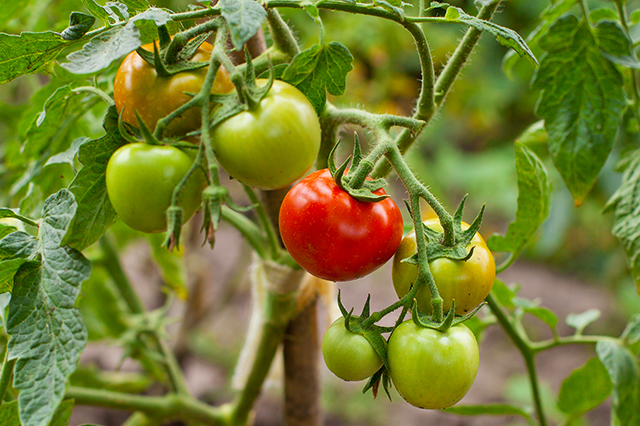
Planting a Vegetable Garden
What vegetables do you want to grow? Well, first you should consider what grows well in your area. Ask your local gardening store or plant nursery what vegetables are best for you. Lettuce and tomatoes are good starter plants – they are easy to grow and inexpensive to buy.
You can start your vegetables from either plants or seeds. Plants are more likely to survive and quicker to harvest, while seeds cost less and can be saved for another season. However, plants are often limited in variety, and seeds take longer to grow, or may not grow at all. If you are a beginner, start with plants and work your way up to seeds.
Space out your plants when putting them in the ground. It gives them more room to grow. And try not to step on the ground between plants. That compacts the soil, which means water and nutrients cannot get through to roots properly.
It’s prudent to protect your plants from pests. Deter bugs with natural predators or plant-friendly pesticides. For squirrels, put your vegetables in a fence or wire mesh. And keep an eye on your plants. Inspect them regularly for damage, disease, discoloration or other signs of invaders.
And don’t forget to pick your veggies when they’re ripe and ready! And enjoy! There’s nothing like eating homegrown vegetables.
Watch Your Vegetable Garden Bloom
Turn your scraps into compost for richer soil. Put your organic garbage in a bin and watch it decompose. Fruit peels, dead leaves, lawn clippings, eggshells, you name it, nature decomposes it and gives you a cheaper fertilizer. It takes some time and effort, but the organic fertilizer is worth it. Plus you save money and help the environment.
And finally, keep a journal on your garden’s progress. Take notes, remember your mistakes and record your victories. Gardening is a process and it takes time to figure out exactly what works for you. And don’t forget to have fun!
Looking for tips on planting flowers? Check out our Northeast flower chart.
Did you find these tips helpful? Do you have any other tips for planning and planting a vegetable garden that you would like to share? Tell us in the comments.
One Thought on “Planning a Vegetable Garden”
Leave A Comment
Comments are subject to moderation and may or may not be published at the editor’s discretion. Only comments that are relevant to the article and add value to the Your AAA community will be considered. Comments may be edited for clarity and length.



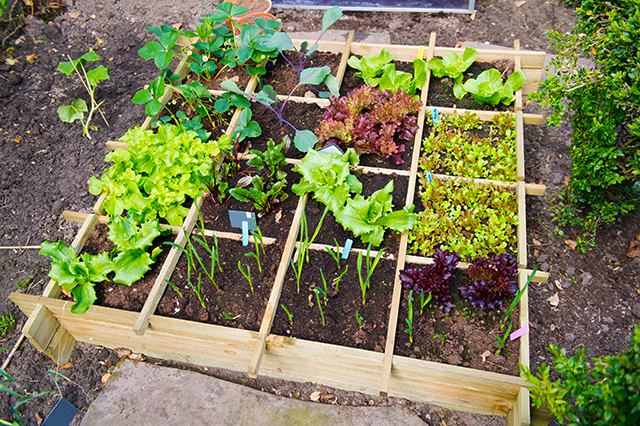



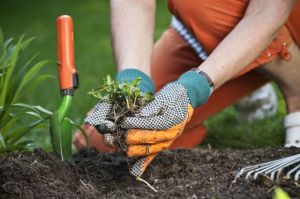
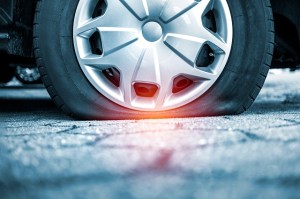





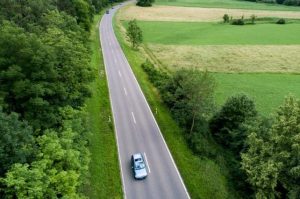
Very helpful